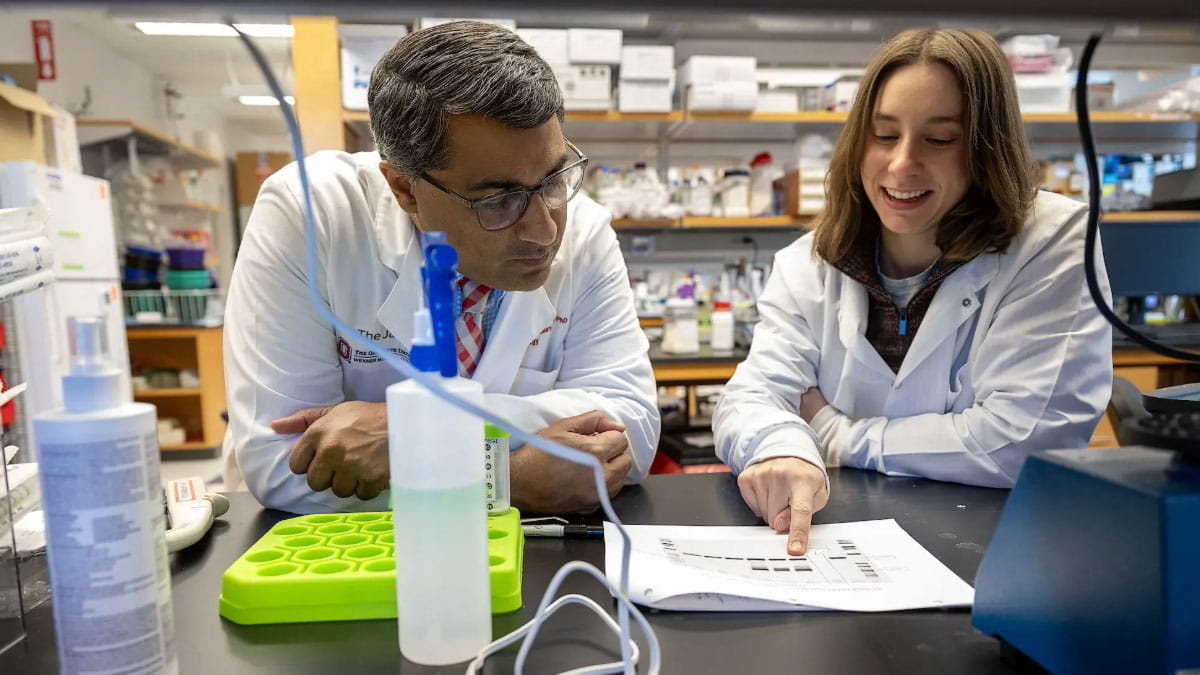CTSI T32 predoctoral mentored research training grants ensure treatments and solutions reach people faster

The Ohio State University Clinical and Translational Science Institute (CTSI) is one of 65 Clinical and Translational Science Awards (CTSA) hubs in the United States that supports interdisciplinary research to speed up the translation of scientific discoveries into much-needed clinical therapies. Scientists, investigators and clinical research professionals from across The Ohio State University, The Ohio State University Wexner Medical Center and Nationwide Children's Hospital work together to train, develop and support the depth and breadth of expertise at the academic institution.
One effort to accelerate discoveries to improve health outcomes is the NIH CTSA Predoctoral T32 Mentored Research Training Program. Stuart Hobbs, PhD, director of CTSI’s education and training, recently hosted an information session on the grants, which assist those in biomedical and health science research–related doctoral degree programs, with access to mentored training and dedicated research time at a pivotal point in their research careers.
“This training assists post-candidacy researchers and those with a candidacy exam scheduled before August 15, 2025,” Dr. Hobbs says. “It’s a learning environment grounded in mentorship that supports the development of future leaders in scientific inquiry.”
The T32 grant provides full-time research training support and requires that one chosen mentor is from a different department than the applicant. Mentorship also focuses on skill building and personal and professional growth. Those chosen for the training will complete curricular requirements, seminars, annual conferences, trainee/mentor monitoring and feedback and meet established research productivity expectations.
Dr. Hobbs says examples of potential clinical and translational science projects include research focused on advancing therapeutics, developing new clinical interventions, promoting health equity and investigating/fostering behavior modifications to improve health.
To begin the application process, applicants must submit a letter of intent by Feb. 18, 2025, that identifies the clinical and translational aspects of the research. In the application, applicants should identify why they are pursuing their particular area of research and how the work will add to the clinical and translational fields and must address how this particular program will help them grow as a translational scientist.
“One important piece of the application process is clearly communicating and explaining existing gaps in training and how this program will accomplish an applicant’s specific goals and aims,” Dr. Hobbs says. “And it includes a strong statement of the problem they plan to address and the hypothesis that the research aims to resolve.”
Strong applications will also include planned methods and benchmarks for success needed to achieve stated aims. Access more information about joining the large, collaborative, multidisciplinary research environment at the Ohio State Wexner Medical Center.
